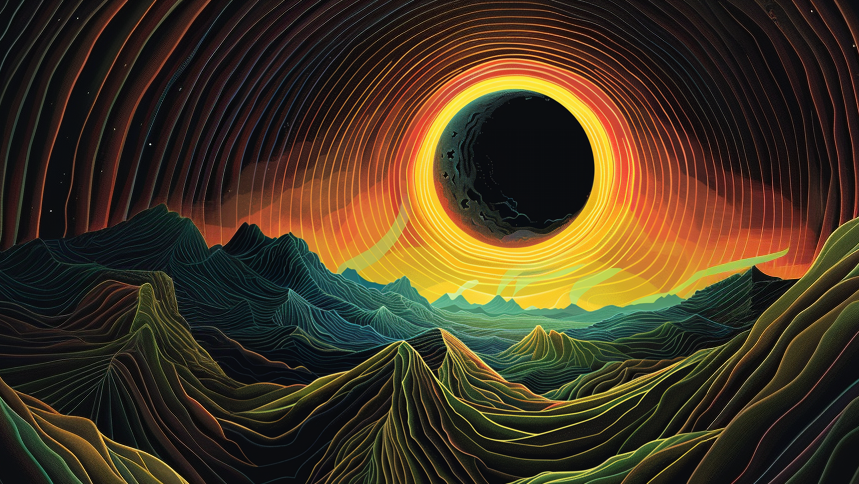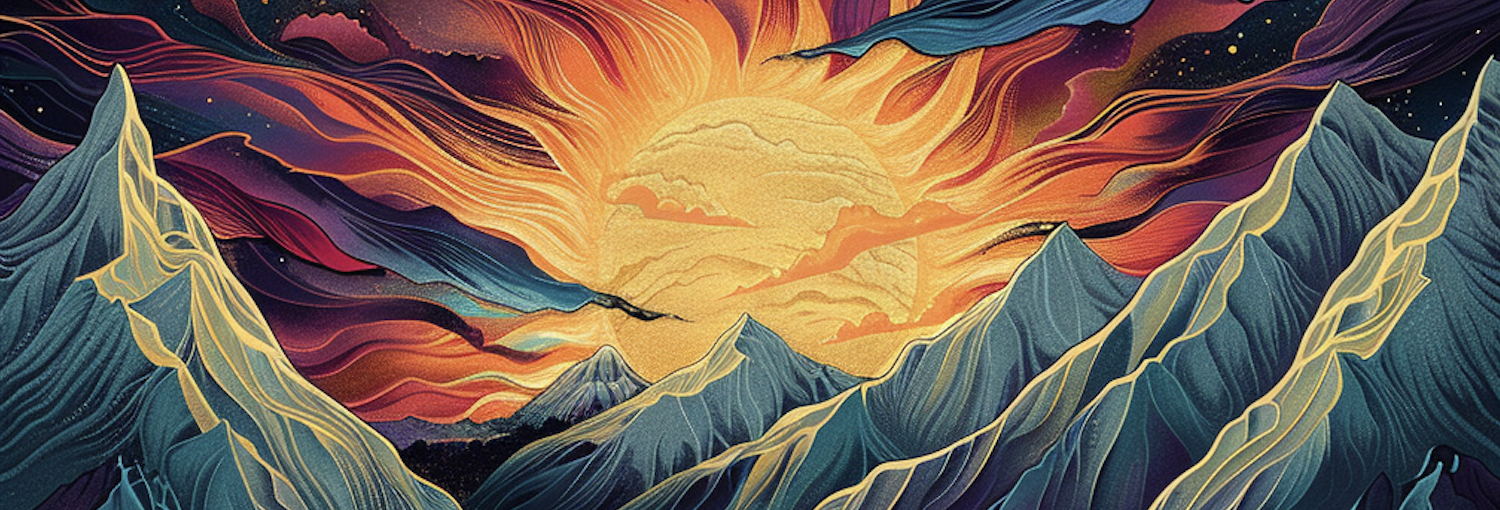Filming the Eclipse

Gear and safety requirements for filming the spectacle.
Hey, folks! The solar eclipse is about to occur. For avid mediamakers, the eclipse may seem to be an excellent opportunity to document a historic moment or experiment with gear. However, there are many safety concerns to consider. Please read on if you are thinking about filming this event.
To film the eclipse safely, we suggest the following gear:
- Solar Glass Camera Filters - These are designed for viewing the sun. Do not use neutral density filters. Do not stack neutral density filters. Do not use solar viewing glasses on a camera.
- Tripod - The sun is bright, but some solar filters can require longer shutter speeds.
- Remote Shutter Release - For all long shutter speed photography, these remote releases help reduce vibrations.
- Solar Viewing Glasses - These are for you. Your eyes are with you your whole life. Keep them safe.
The Media Factory has three solar glass camera filters.
These are Helios Solar Glass Camera Filters threaded for 67mm optics for use with our Panasonic UX-90 and UX-180 Cameras ONLY. Filters are reservable by our members, first come, first served.
If you do not have one of these filters on Media Factory cameras, do NOT use Media Factory video cameras for solar videography. If you use improperly outfitted Media Factory video equipment for solar videography you WILL damage our equipment and be held responsible for replacement and lose your membership.

How to Photograph the Sun:
- Do NOT look at the sun with your naked eyes. Permanent damage, potentially blindness, can occur. The sun is BRIGHT even at 93 million miles away, folks. Make sure you have ISS certified solar viewing glasses. Inspect them for damage prior.
- Do NOT point a camera at the sun unless the optics are protected with an appropriate solar filter. Do not use neutral density filters. Do not stack neutral density filters. Do not use solar viewing glasses on a camera.
- Do NOT look through the viewfinder of an unfiltered camera when it is pointed at the sun. The magnifying optics will increase the intensity and brightness of the sun. Do NOT do this even with the camera outfitted with an appropriate solar filter. Use digital view only.
Solar Recording Tips:
- The sun is small in our skies. You will likely need to go well past a 300mm focal-length lens to fill your frame.
- You should be able to shoot at the camera's native ISO setting, usually around 100 or 200 ISO.
- Practice your shot -- the sun will move quickly through your frame when zoomed in this far. This may take a few tries to keep centered.
BE SAFE! MAKE MEDIA!
